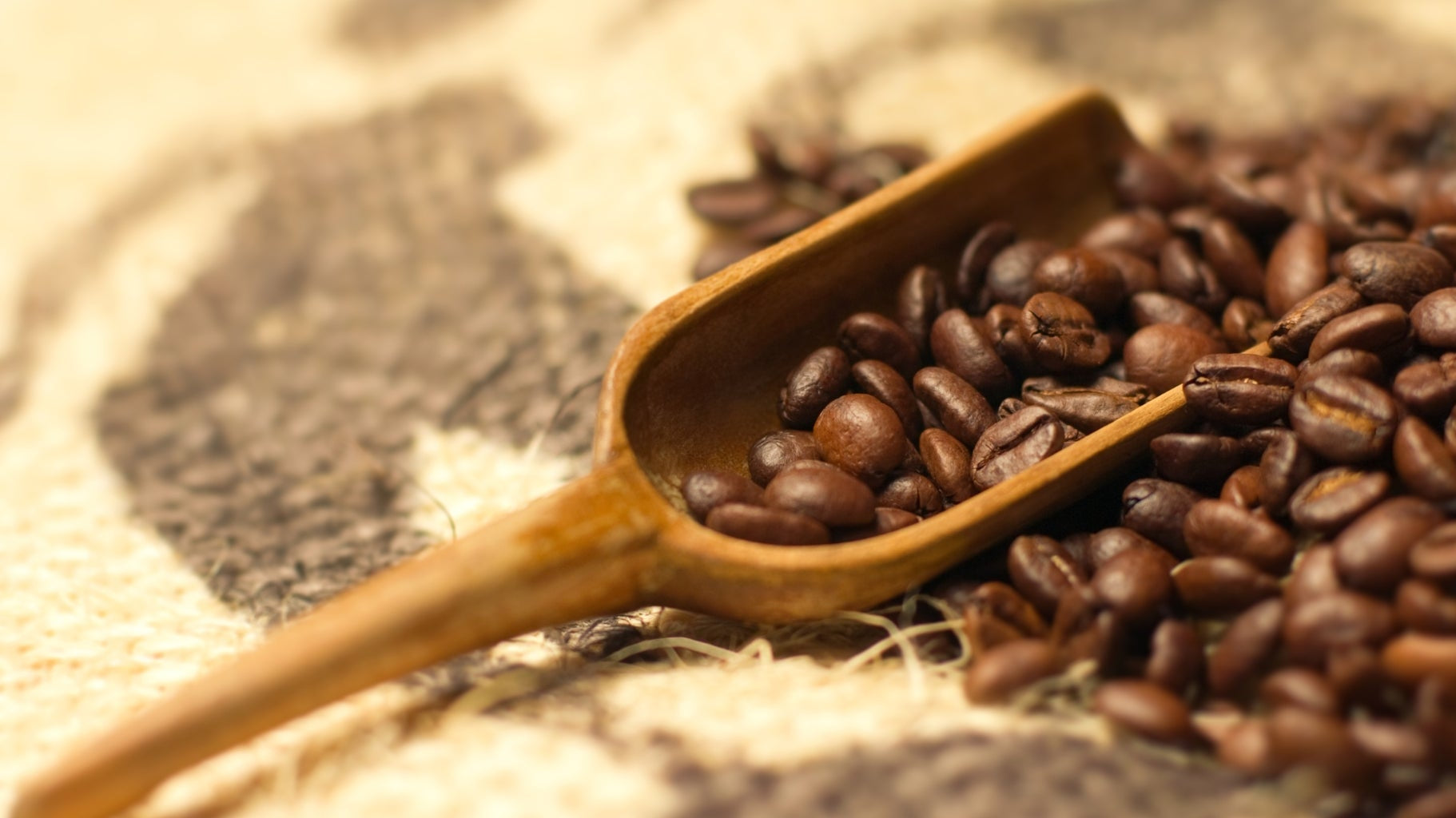Single Origin coffees versus Blends.
There are many differences between Single Origin and Blended coffees.
As customers are at various stages in their coffee journey, it's essential to know when the time is right for you to embark upon a single-origin coffee discovery.
Let's be upfront here - there is no utopian coffee that is perfectly suited to every coffee drinker.
It just doesn't exist. Even if it did, it would only be temporary as coffee changes every few months, like all agricultural ingredients.
No matter how good a coffee might taste, we have realized after 40 years of working with coffee that drinkers will eventually become bored with the same attributes every day, whether it's food, coffee or beverages.
Only natural humans constantly crave the new and interesting to stimulate our senses.
Let's first try to help you understand fresh-roasted coffee's primary conditions or definitions.
Everyone is different. Serve a particular coffee to 5 people, and you will likely receive 3, 4 or even five opinionated feedback forms.
This feedback or observation can range from too strong, too weak, too fruity, too much chocolate, not enough spice, not hot enough, too milky, not strong (bitter) enough, no caramel notes, I prefer a hint of nuts in coffee, for me I like a vanilla taste in my coffee.
On and on it can go.
There will always be a never-ending procession of individual tastes and preferences regarding coffee.
That's a good thing, by the way.
Trying to please the broad majority of coffee drinkers is, in fact, a lot harder than it seems. The reality is that there is no silver bullet recipe when it comes to coffee.
Putting aside the flavour, taste, aroma, body, acidity and other cup attributes, we face two different paths to coffee.
It's like a fork in the road, left or right.
Is it just a concept designed to confuse or baffle the coffee buyer?
But it doesn't need to be so difficult to choose as they are not so different. Blends generally have multiple origins, although that's a very loose generalization.
Many brands may use entirely different grades or qualities of raw coffee for their blends whilst sourcing higher and more expensive rates for their single-origin offerings. Sadly, this is how the majority of coffee brands operate.
But only some brands's blends are built using cheap or inferior quality coffees.
Some brands like us at JustFreshRoasted will use our existing holdings of single origins to craft delicious blends. For us, we buy coffee by the ton, not the kilo; hence, holding and storing two grades or qualities would require double the warehouse space, and that's not practical for us.
Putting aside the practice or strategy of coffee brands, Blends are, in fact, beneficial for two essential purposes. Blends can augment and enhance cup complexity by combining elements into a fusion when done right.
Blends also allow for greater consistency across changes in raw ingredients (coffee lots), and that's a substantial internal challenge coffee roasters deal with as the reality of life in the world of coffee involves the raw coffees changing every three months.
Coffee Blends should not be considered a way to "fill" unloved coffees; far from it.
Blends are still the most popular choice of coffee drinkers globally, and it's essential to keep blends competitive in taste and value.
Many blends typically have 3 - 6 different raw coffees.
There are two seasons per year for most origins and three crop stages per harvest (early, mid and late).
In effect, roasters deal with up to 24 step changes over a calendar year, and blending helps smooth those transitions.
How do I decide upon selecting a blend or a single-origin
Single-origin coffees can involve a roller-coaster experience.
There are exuberant highs when you first encounter something unique, just like the unexpected lows when you pick something with flavours or characteristics that are not entirely to your liking or preferences.
Single-origin coffees are not always going to be kicking goals - it's a journey of discovery and a process of elimination.
The other vital point is that Single-origin coffees can be much harder to "dial in" the grinder.
Single-origin coffees can be more challenging to work with (or use) as the roasted coffee bean's inherent attributes, like soft or hard, will behave remarkably differently in the grinder - single-origin coffee amplifies these differences.
Blends generally have a combination of soft and hard beans and, hence, could be more forgiving when setting the grinder.
Blends are likely a safer option when you want a balanced coffee that gives you a rewarding finish.
Blends can also help when you need to reduce the unknown risks of dealing with the intensity of acids, fruits or a variable body.
These are all nuances that are more apparent in many single-origin coffees.
When is the right time to experiment with Single Origin Coffees?
Our simple advice is to first develop your techniques in preparing coffees using blends before venturing into single origins, particularly for espresso.
Grind and dose are ultra-critical when using single origins in espresso beverages.
Indeed, there are better places for the unskilled or inexperienced.
Once you are accomplished and consistent in adjusting the grind, dose and extraction for different coffees, consider approaching single-origin coffees.
Single-origin coffees require a more precise grind and dose adjustment for espresso extraction.
For most other brew applications, the single-origin bean attributes are less sensitive.
For plunger, drip/filter, and pour-over, a single origin can provide exceptional experiences with the potential to out-gun and out-punch blends.
Of course, if you are indeed a wild-spirited adventurer embracing an opportunity to challenge yourself to experience something unique, by all means, pursue your curiosity by trying single-origin coffees.
We love sourcing, roasting and offering a fantastic range of delicious single-origin coffees. It's always gratifying for our business when customers discover the perfect coffee to suit their preferences.




